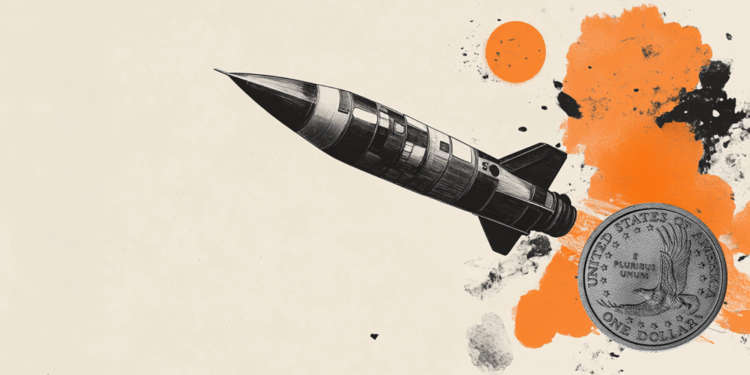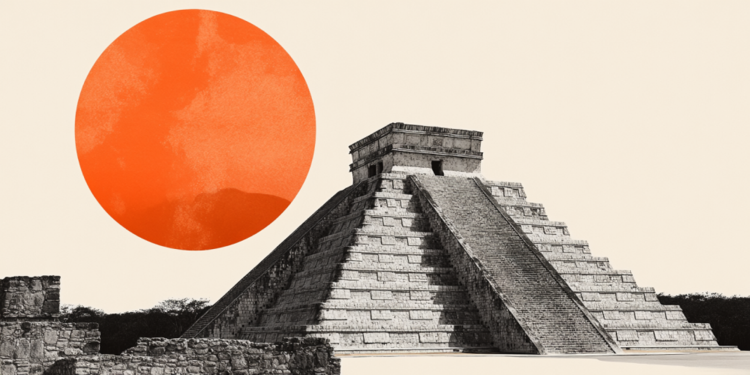Scenes from Dubai this week appeared apocalyptic to residents more accustomed to the tranquil nature of the sun-drenched desert metropolis.
This city had not witnessed a natural disaster of such magnitude since records began, and the destruction it left behind only became apparent after the storm passed.
The United Arab Emirates, of which Dubai is a part, recorded the heaviest rainfall in at least 75 years, with more than a year's worth of precipitation in 24 hours. Life for many in the glitzy tourist and financial center has come to a near standstill.
Emergency services operated 24 hours a day and no deaths were reported in the city, although a man in his 70s died after floodwaters swept away his vehicle in the neighboring emirate of Ras Al-Khaimah.
The ensuing chaos was short-lived, but it showed the city's vulnerability to natural disasters.
As runways became submerged, flights were canceled at one of the world's busiest airports.
Glitzy shopping malls were soaked as rain ran down the ceilings and elevators stopped working in skyscrapers, forcing residents to climb stairs dozens of floors up. Unable to return home, some drivers slept in their cars due to blocked roads.
The images were shocking for the high-tech city, a major international tourist destination that boasts world-class infrastructure, some of which has succumbed to natural disasters. Rain is scarce in the Persian Gulf region and urban planning does not take into account the possibility of large storms.

Dubai has a unique demographic model. Of its 3.5 million inhabitants, 92% are foreigners who come from 200 countries to live and work in the city, attracted by its tax-exempt status and relaxed lifestyle.
It is the world's second-best tourist destination, according to one report, with more than 17 million visitors arriving last year, drawn by the year-round sunshine, gourmet restaurants and luxury shopping.
This week's disruptions have affected almost everyone, from tourists and migrant workers to the minority population of Western citizens and expatriates.
Authorities urged people to stay at home, but many ventured out anyway, only to find themselves unable to return due to flooded streets.
“The scary part is there was nowhere to go,” said Sofie, an expatriate resident who declined to give her last name. She ended up stranded on the submerged roads for nearly 12 hours, some of which was spent sleeping in her car.
On Sheikh Zayed Road, a 16-lane thoroughfare in Dubai lined with gleaming glass skyscrapers, drivers reported near-total blockages in some areas, with cars pushing against traffic to escape the traffic jam.
In the financial district, home to the regional operations of some of the world's leading banks, luxury cars were seen almost entirely submerged as the streets turned into lakes.
At the man-made Dubai Marina, a popular destination for Western and Russian visitors, furniture from nearby restaurants and cafes was swept away by the current.
Significant damage
When the waters receded, the streets were filled with debris. Local media images showed highways lined with abandoned cars; in some neighborhoods, they had not yet been removed as of Thursday morning (18).
Economic damage from the storm could reach billions of dirhams, with a significant impact on vehicles, properties and infrastructure, said Avinash Babur, chief executive of InsuranceMarket.ae, an insurance brokerage in the United Arab Emirates.
“The current damage is significant, with notable effects on public and private properties, including essential infrastructure,” he told CNN . “While Dubai has experienced storms in the past, the unique intensity of this event posed new challenges.”
The volume of calls and inquiries to insurance companies has increased tenfold, he said, with a surge in demand for home insurance.

As some residents were trapped in their homes without electricity and unable to leave due to flooding, some chose to swim in the swamps to escape.
With landline use becoming increasingly rare, those without electricity relied on power banks to use their smartphones.
For many, the lockdown was reminiscent of the Covid-19 lockdowns of 2020.
Heavily dependent on foreign visitors and capital, Dubai was one of the first cities to emerge from lockdowns as tourist numbers dwindled and property prices fell, and the United Arab Emirates was one of the first countries to achieve 100% vaccination, in November 2021.
Babur said the current situation represents an opportunity for Dubai to “demonstrate its resilience and rapid recovery capabilities, similar to its effective management during the Covid-19 pandemic”.
Smartphone addiction
With food apps suspending deliveries during and after the storm, some residents had to turn to canned food, or whatever was left in their refrigerators, to sustain themselves.
Those without electricity used barbecue grills to cook frozen foods that thawed in freezers. Some were even worse off, with homes flooded with water, sometimes up to their waists, according to videos shared in local media, with belongings, furniture and appliances destroyed.
The UAE has one of the highest smartphone penetration rates in the world at 96% (the United States is at 90% while China is at 72%).
Residents rely heavily on home deliveries for everything from groceries and car fuel to ice cream and pedicures at the touch of a screen, a phenomenon that took off during Covid-19 lockdowns.

On a normal day, the city's streets are full of motorcyclists rushing to make deliveries for companies that promise to send supplies in 20 minutes and food in 40 minutes.
But earlier this week, most weren't delivering. This forced people to venture out on foot, generating large crowds at neighborhood restaurants and supermarkets, with hours-long lines to buy food in some cases.
Some restaurants remained open until the early hours of the morning to meet demand.
Residents reported seeing empty shelves for some items in grocery stores the day after the storm, including frozen foods and ready-to-eat meals.
Delivery apps began resuming services on Thursday, but were still facing major delays.
Ali Salem, a 55-year-old retired Emirati, told CNN on Thursday who had been trapped in his home in Dubai's upscale Jumeirah neighborhood since Tuesday's storm due to flooding on his street.
The house has been without water or electricity ever since, he said, and the utility agency told him Tuesday he would have to wait two days for the problem to be resolved. Electricity was finally restored on Friday.
“Lesson learned,” he said. “A generator would be useful in the future.”
Festive atmosphere
The rain, however, was not so terrible for the young people. Schools moved to distance learning for the rest of the week, but some students without electricity at home were delighted to take a “holiday” without being able to power their computers.
Then the memes began, with residents finding joy and humor in the inconvenience of a once-in-75-years phenomenon.

A viral video on social media showed fish swimming in a pool of water on the sidewalk next to an overflowing artificial lake.
Several videos on social media showed a festive atmosphere, with children climbing into boats as their neighborhoods were transformed into lakes.
One video showed migrant workers playing volleyball in ankle-deep water; in several others, residents could be seen wakeboarding on flooded streets.
Another video showed boys riding jet skis at full speed in a residential neighborhood, with the caption: “Only in Dubai.”
Source: CNN Brasil
Bruce Belcher is a seasoned author with over 5 years of experience in world news. He writes for online news websites and provides in-depth analysis on the world stock market. Bruce is known for his insightful perspectives and commitment to keeping the public informed.







